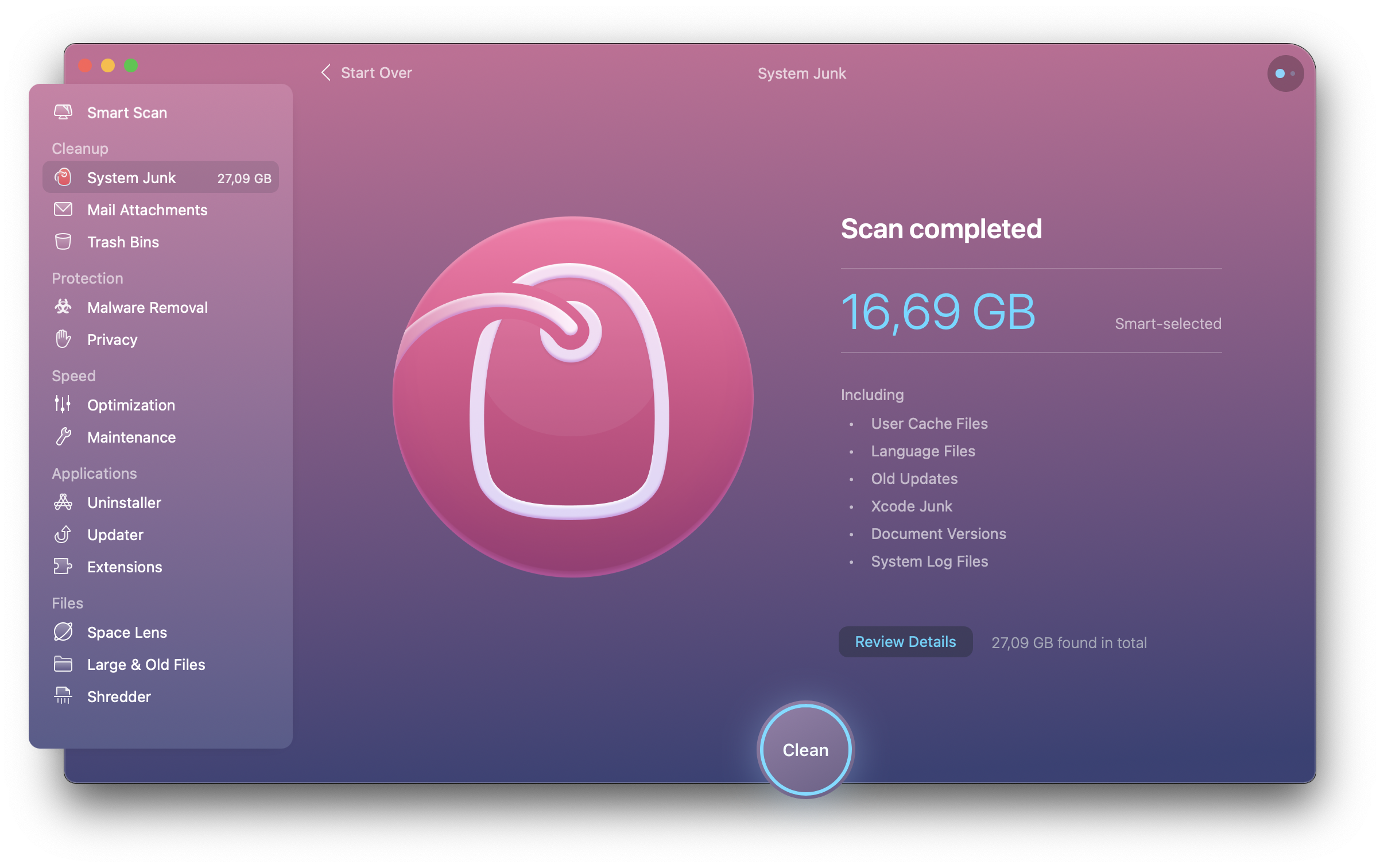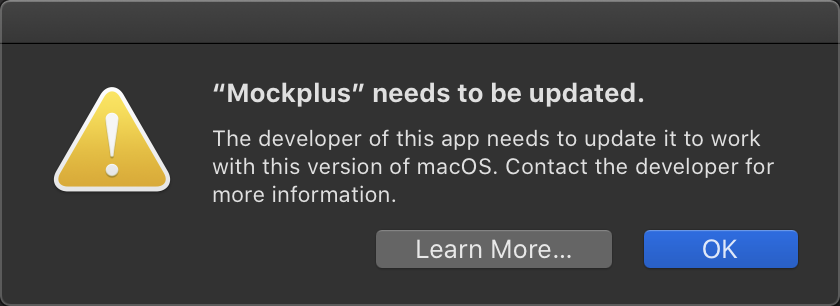Troubleshooting

Problem
- Enter administrator commands in Terminal on Mac. You must be an administrator or root user, also called superuser, to execute many of the commands used to manage a server. For example, if you’re not an administrator or a root user, entering the shutdown command gives you an error.
- IRuiMSFT-MBP: rmarinho$ dotnet dev-certs https A valid HTTPS certificate with a key accessible across security partitions was not found. The following command will run to fix it: 'sudo security set-key-partition-list -D localhost -S unsigned:,teamid:UBF8T346G9' This command will make the certificate key accessible across security partitions and might prompt you for your password.
- A flaw with the Sudo command used in macOS Terminal let non-privileged users and programs run commands as Root. It was patched in version 1.8.31 which was released with macOS High Sierra 10.13.6.
- The macOS Big Sur 11.2.1 update that Apple released today fixes a sudo security vulnerability that could allow an attacker to gain root access to a Mac. According to an Apple security support.

With macOS Catalina, perhaps more significantly, Gatekeeper will also check non-quarantined apps and files for problems. Not just once or twice, but every time you run it. When your Mac detects a problem, it blocks the file, then sends you an alert. If all this sounds fantastic to you, terrific. That's undoubtedly Apple's intent.
Sudo Apt-get Command Not Found Mac Catalina
Cause
Resolving The Problem
- If you have the IM installer files in a macOS folder like Downloads or Documents, move them to a folder that you created manually in a non-special location, like the root of your home directory (for example: ~/installers).
- Open the Terminal application.
- cd to the RPT_SETUP directory.
- Run the command: sudo xattr -rcs .
This command removes the extended attributes for all the files under the current directory. Some of these attributes are preventing the installation. Since these attributes are not required for the installation, it is safe to remove all of them. - Enter your sudo password.
This screen capture shows the previous steps: - Verify that all metadata was stripped by using this command:
sudo xattr -lr .
This command returns no output if the metadata was successfully stripped. If there is output, that means all metadata was not stripped. Do not proceed to the next step until all metadata is stripped. - Go back to Finder and run Install.app.
- IM now starts and you can proceed with the installation.
Document Location
Document Information
Modified date:
19 March 2021

Mounting volumes on macOS can be done using Disk Utility.app. For some reason, Apple decided not to show EFI partitions (among others such as Preboot, Recovery, etc) in Disk Utility.app. In this article, I will show you how to mount these volumes using command line (Terminal).
Listing all volumes
To list all volumes (partitions), use diskutil list.

As you can see, there are 2 physical drives, both containing EFI partition.
If you compare it to Disk utility.app, it is rather brief.
Mounting a volume
To mount a volume, use sudo diskutil mount DiskIdentifier|DeviceNode|VolumeName.
This will mount the volume to /Volumes/<VolumeName>. If this mount point is already in use, a number will be added at the end (e.g: /Volumes/EFI 1).
The sudo command in the beginning is very import, omitting it causes error message like
Mounting a volume to specified mount point
Sudo Command Not Found Mac Catalina Free
You can mount a volume to a different mount point (directory) using -mountPoint option. Beware, target mount point must exist.
Sudo Command Not Found Mac Catalina Download
Unmounting a volume
Unmounting a volume is as easy as mounting a volume, use diskutil umount DiskIdentifier|DeviceNode|VolumeName.